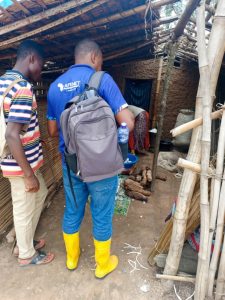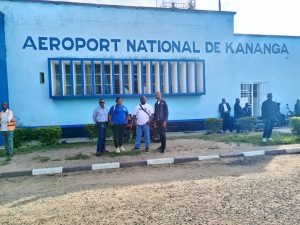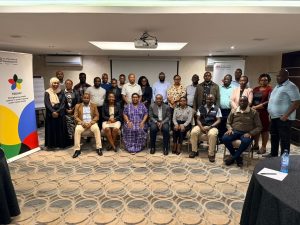Day Four: Continued records review in active Ebola Virus case search
-
by
AFENET
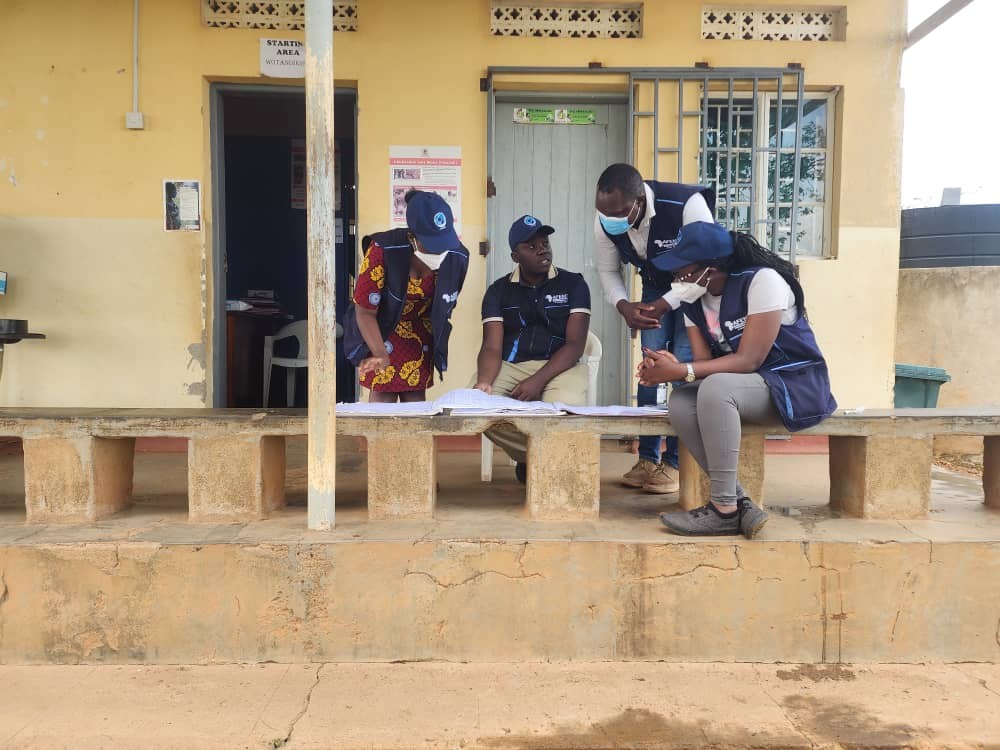
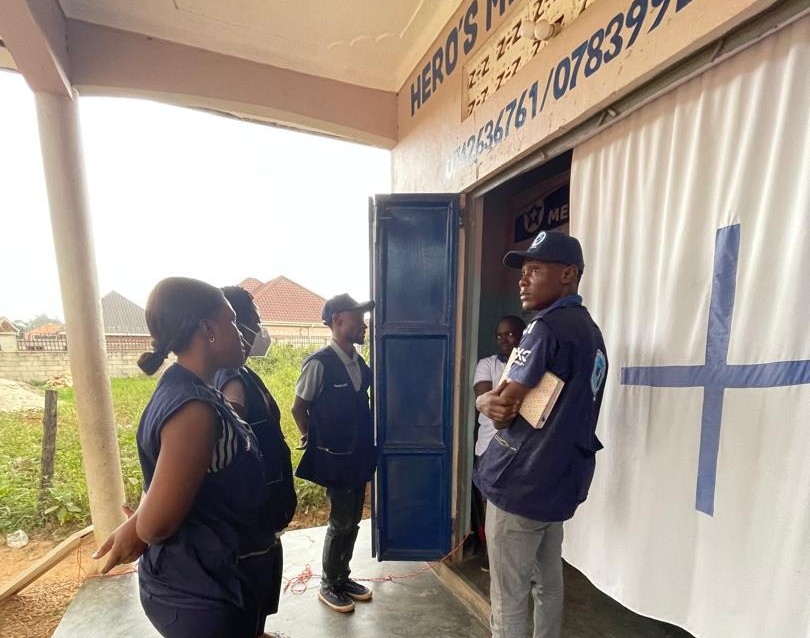
On the fourth day of the active case search, the team convened for a debriefing session at 8:00 AM at the Emergency Operations Centre (EOC). Mr. Daniel Kadobera (Resident Advisor, FETP) and Dr. Daniel Wenani (Team Lead and Fellow) led the session, emphasizing the importance of clear follow-ups on alert cases—either through phone calls or home visits. They also discussed slight modifications in the algorithm for active case search, including updated alert verification procedures and refined criteria for identifying cases suggestive of Ebola Virus Disease (EVD).
Following the debrief, the team split into three groups. One group, consisting of four team members, continued reviewing medical records at Mulago National Referral Hospital (NRH). The other two groups, each composed of five, carried out active case searches in buffer areas within a 50-kilometer radius of Saidina Abubakar Hospital, where the index case had been reported. Their activities included reviewing medical records and engaging health workers to probe for potential cases. Key areas covered included Kigogwa, Buwambo, Lwadda A, and Lwadda B villages in Gombe Division, Wakiso District.
By the end of the day, the buffer area teams had visited a total of 20 health facilities, reviewing 4,829 medical records. Of these, 267 were suggestive of EVD, leading to the identification of two alerts. Each alert was contacted via phone to determine their status—whether they were well, unwell, or deceased. Those who were alive were flagged for further serology testing, while additional follow-ups were scheduled for the deceased cases.
At Mulago NRH, 250 records from December 2024 were reviewed, leading to the identification of three alerts, all of whom were verified as alive. After exhausting the files in the records office, the team returned to Ward 11 to ensure no records were overlooked, uncovering an additional 50 files. At the day’s end, a meeting was held to discuss follow-up actions, including monitoring one alert case who reported ongoing weakness, scheduled for further assessment on February 8, 2025.
As the team engaged in this exercise, they gained valuable hands-on experience in epidemic response. They applied risk communication strategies, strengthened their interpersonal skills, and navigated culturally sensitive interactions while working within communities.
However, the process was not without challenges. Poor documentation of critical information—such as patients’ signs, symptoms, and contact details—posed a significant hurdle. In some facilities, records were missing, with claims that they had been stolen. Additionally, some health workers were reluctant to share records of deceased patients, despite the necessity of such information for tracing and confirming the cause of death.
Despite these obstacles, the case search teams remained resolute in their mission, committed to strengthening disease surveillance and outbreak response.

